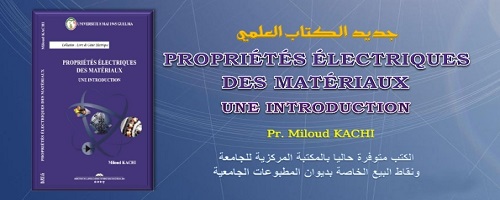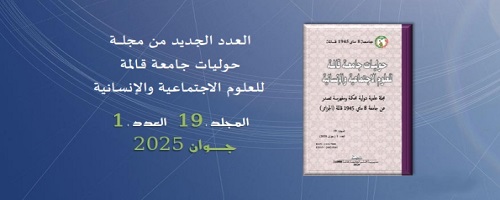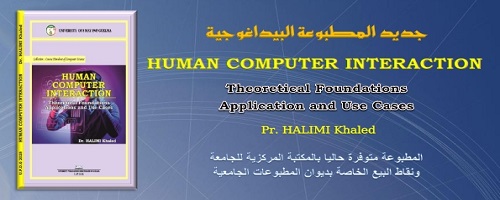You are here
- Home »
- ملامح تداوليّة نصّيّة في سورة الحجر من تفسير "التّحرير والتّنوير" للشّيخ محمّد الطّاهر بن عاشور
Magazine issues
University Publishing
Directorate Headquarters
Former University President
First floor
Contact us
University Publishing Directorate
University May 8, 1945
P.B 401 - Guelma-Algeria
e-mail:
Tel: 037 11 60 46




